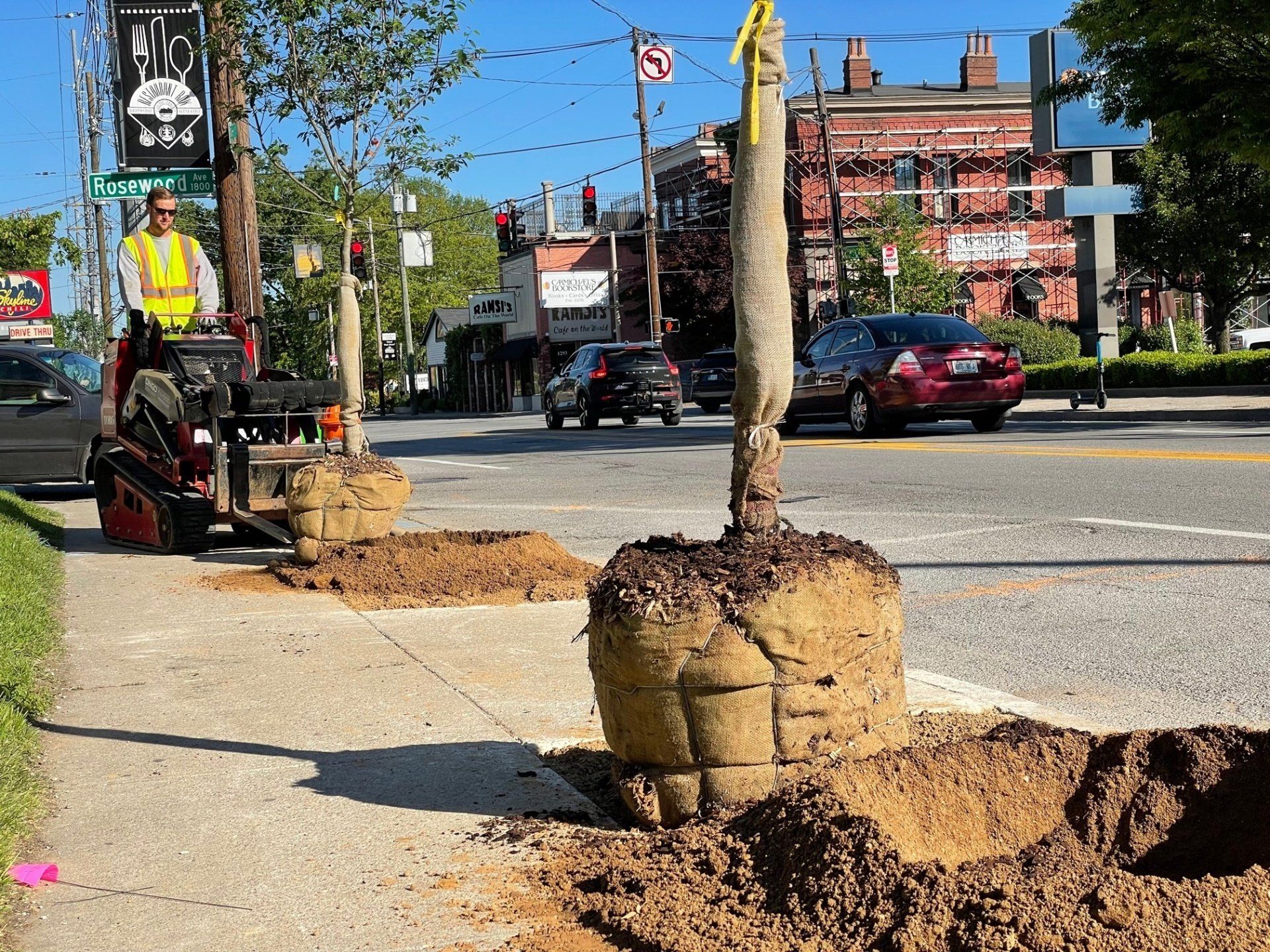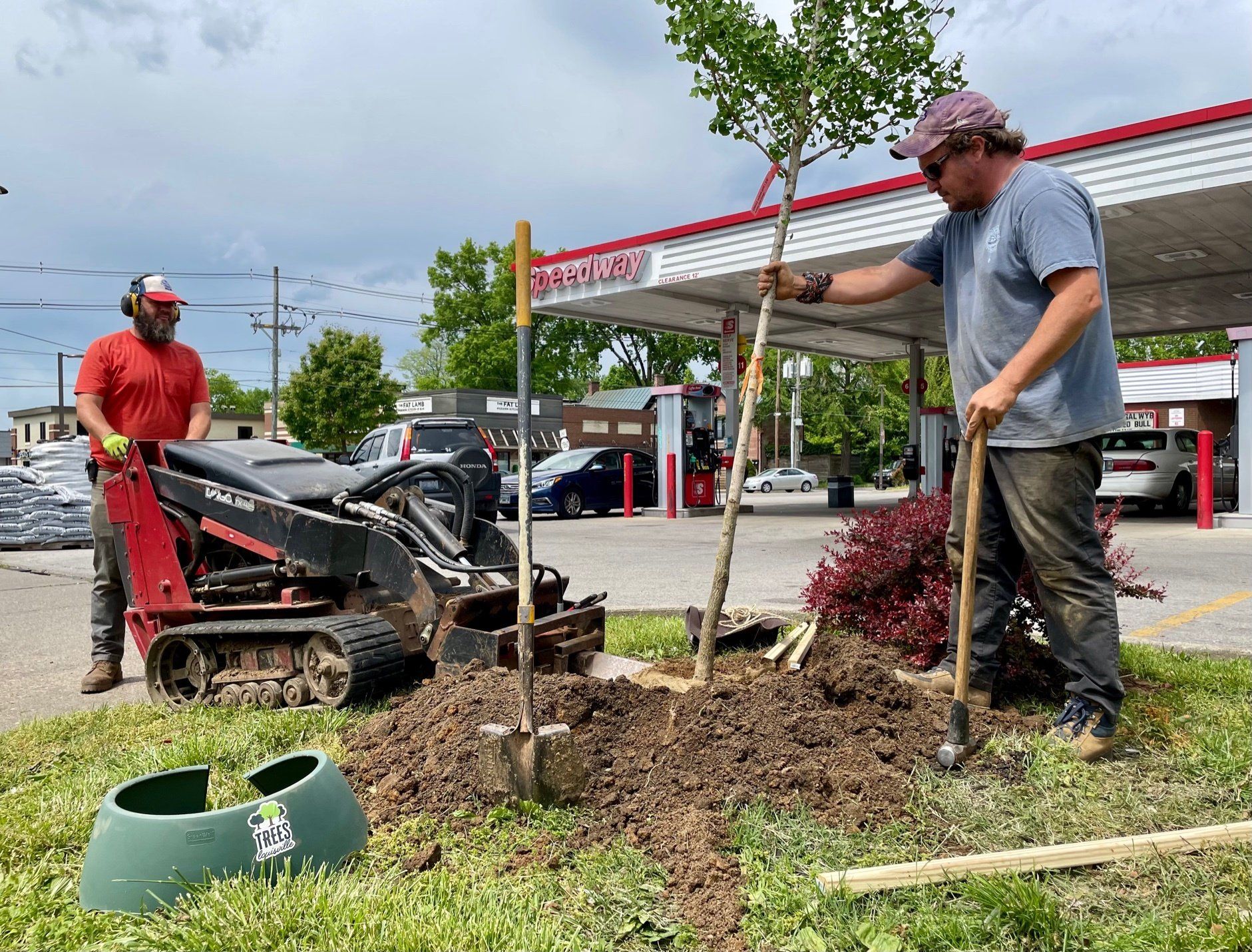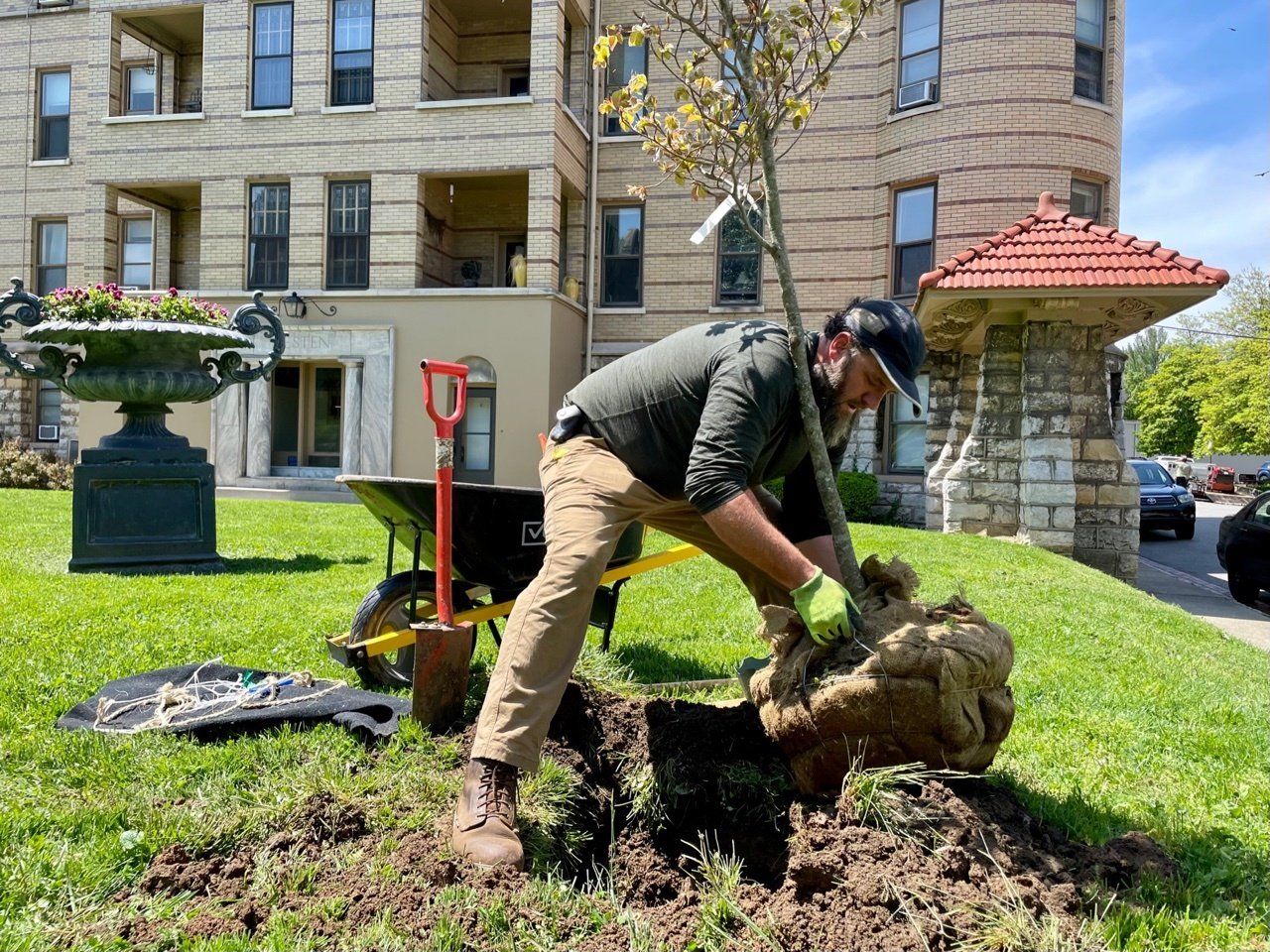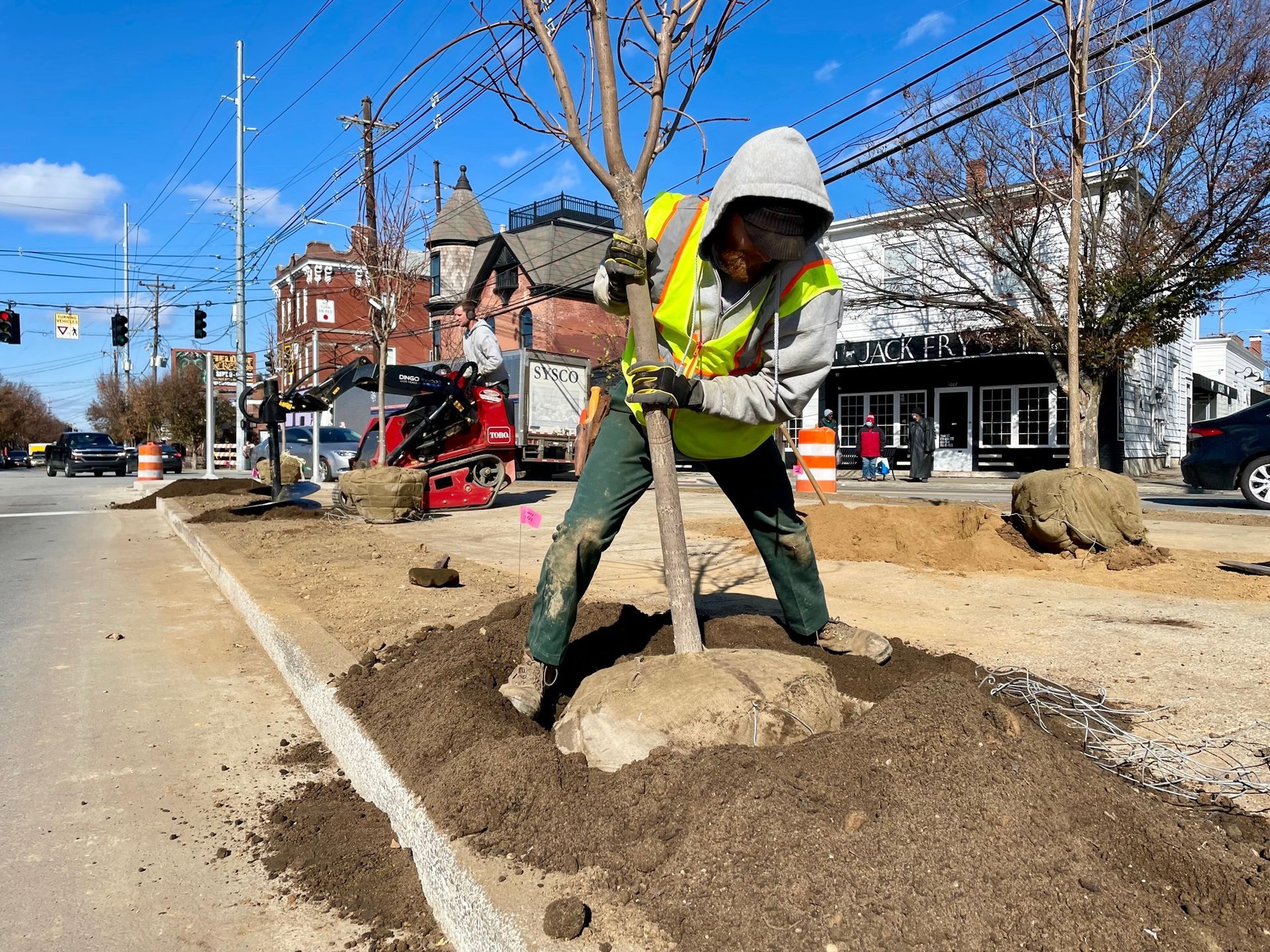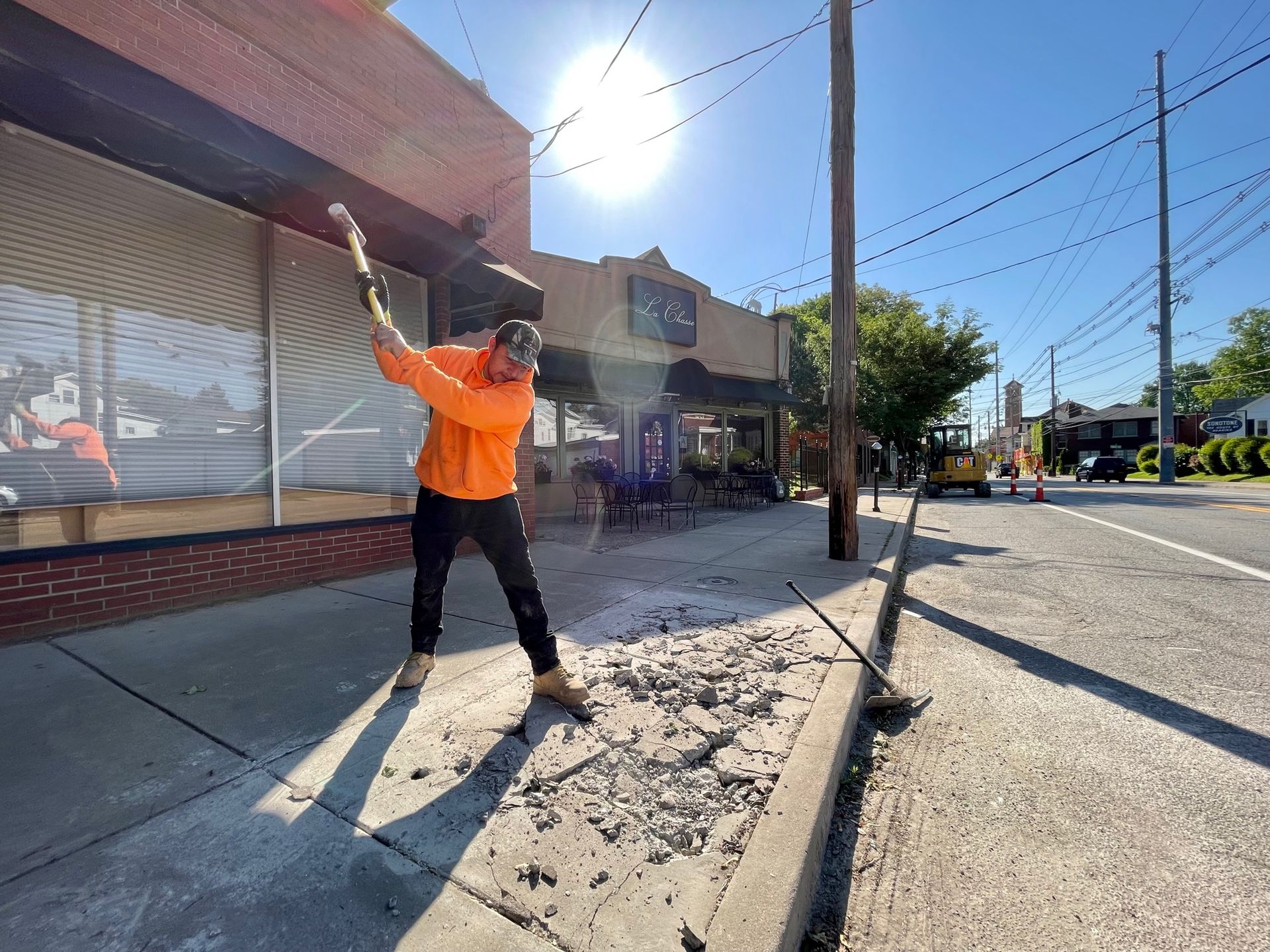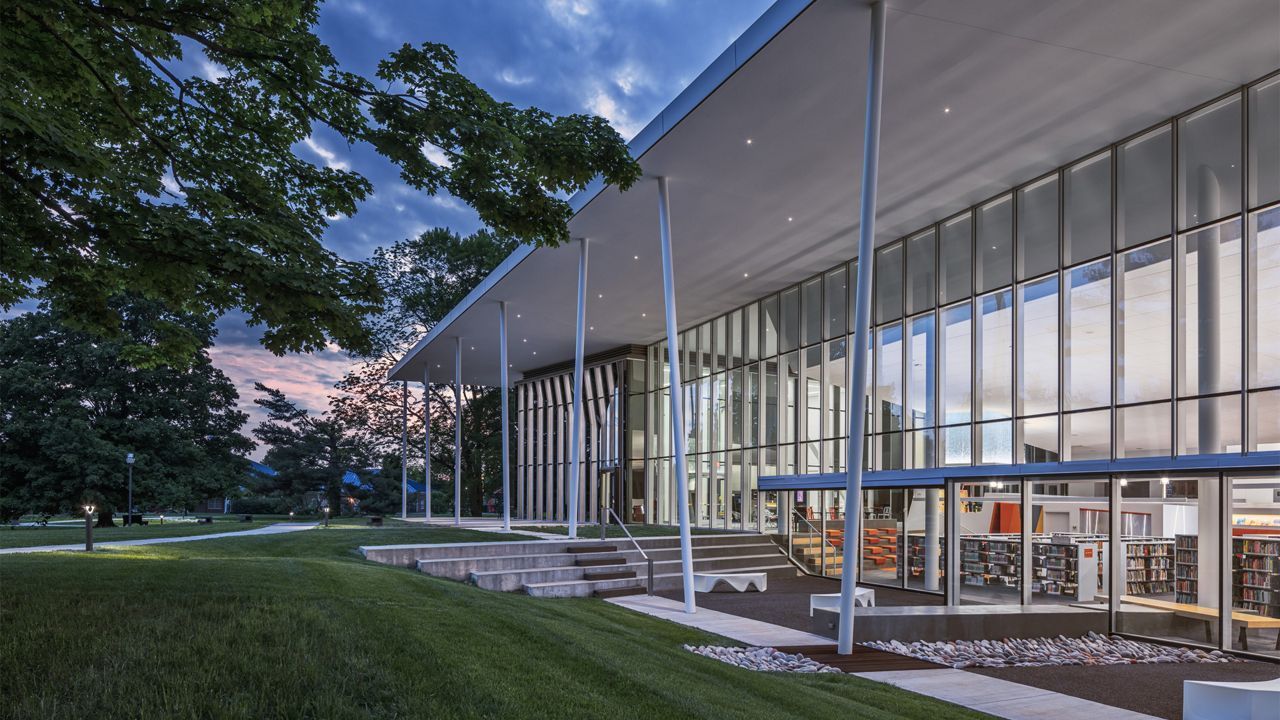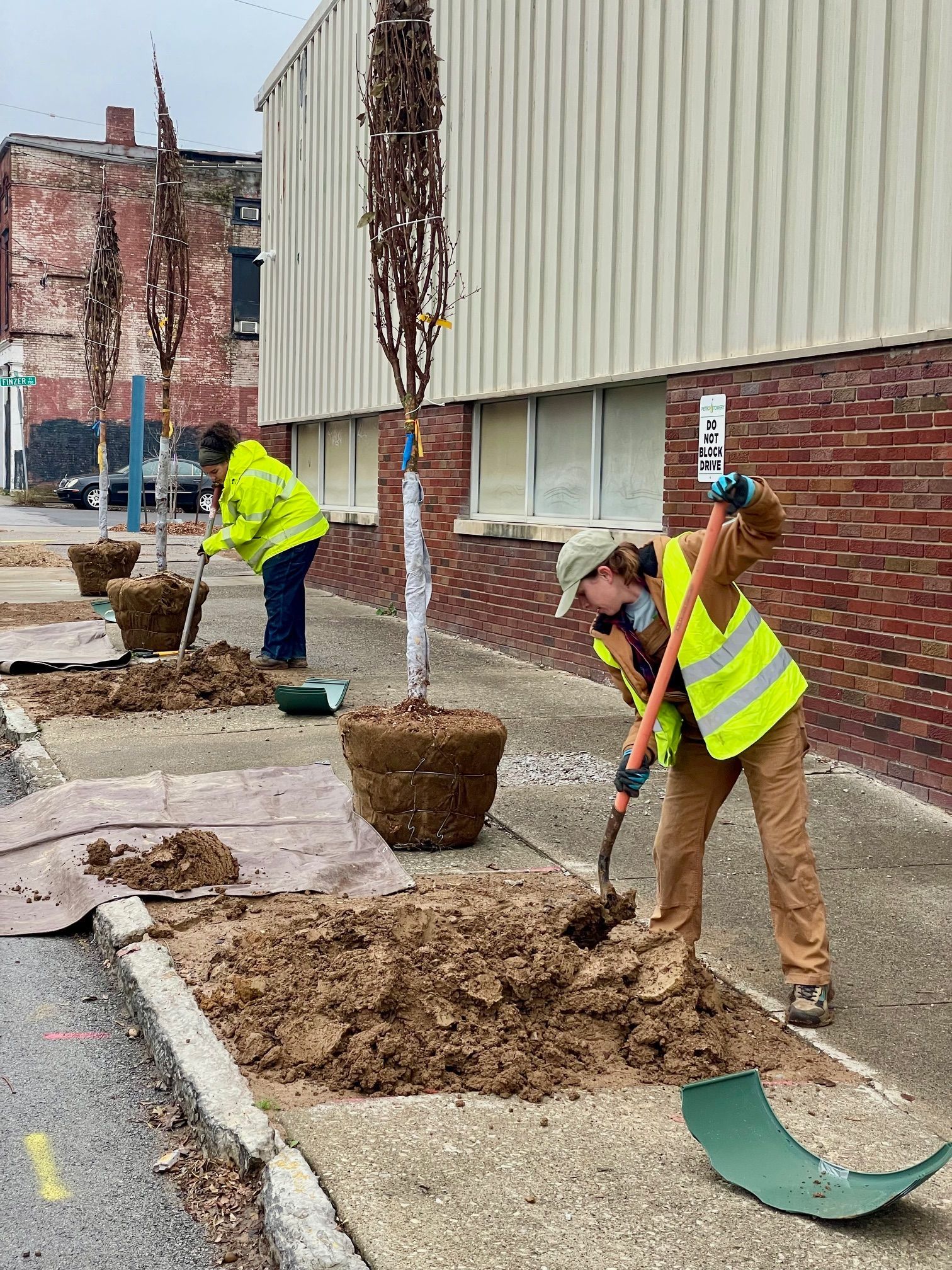TreesLouisville has planted over 60 different species and cultivated varieties, primarily native, along Bardstown Road. Each of these trees were selected taking into consideration a number of different factors, including mature size and surrounding environmental conditions. An emphasis was placed on the aesthetic qualities of each tree, like foliage, color, flowers, bark and leaf texture, and canopy shape, as well as how those qualities interact visually with each other, the surrounding architecture, and existing trees.
By planting such a wide variety of trees, we aim to promote biodiversity. A greater number of species helps to reduce the risk of widespread pest or disease damage.
Some notable species in the project include:
- 'Wichita' Osage Orange: This cultivar is thornless and fruitless - ideal for a pedestrian area. It can handle extreme drought and heat, and its dense canopy provides ample shade.
- 'Twisty Baby' Black Locust: Fun zig-zagging branches provide visual interest year-round and this unique contorted form can be strategically pruned to grow around - rather than into - overhead utility wires. It also produces lovely (and edible!) white flowers in the spring and is known for its ability to grow in compacted soil or areas with small soil volume.
- 'Saffron Sentinel' Cornelian Cherry: The yellow flowers of this tree are some of the first to emerge in late winter, providing color and visual interest at a time when most trees are still dormant. It grows in a columnar shape and produces a small 'cherry' which can be eaten by animals and humans.
- 'Persian Spire' Parrotia: Also called Ironwood, this cultivar of parrotia is known for its columnar shape, which makes it a great candidate for narrow spaces. This tree can handle a wide range of soil conditions and its foliage changes throughout the season, from purple in the spring, to green in the summer, then to yellow and orange in autumn.
Why not all native species?
Some non-native tree species were selected for their ability to endure urban environments, especially highly trafficked areas like Bardstown Road. These species have the ability to handle larger amounts of air pollution, compacted soils, and increased heat, as well as being able to tolerate drought conditions. While we believe that native species are critical to our environment and we will continue to prioritize planting them in our projects, we also recognize that urban environments are not "native" environments for many of our native tree species. Projects like this one require extra care and planning in regard to species selection in order to plant trees that will last for 50 to 100 years.
